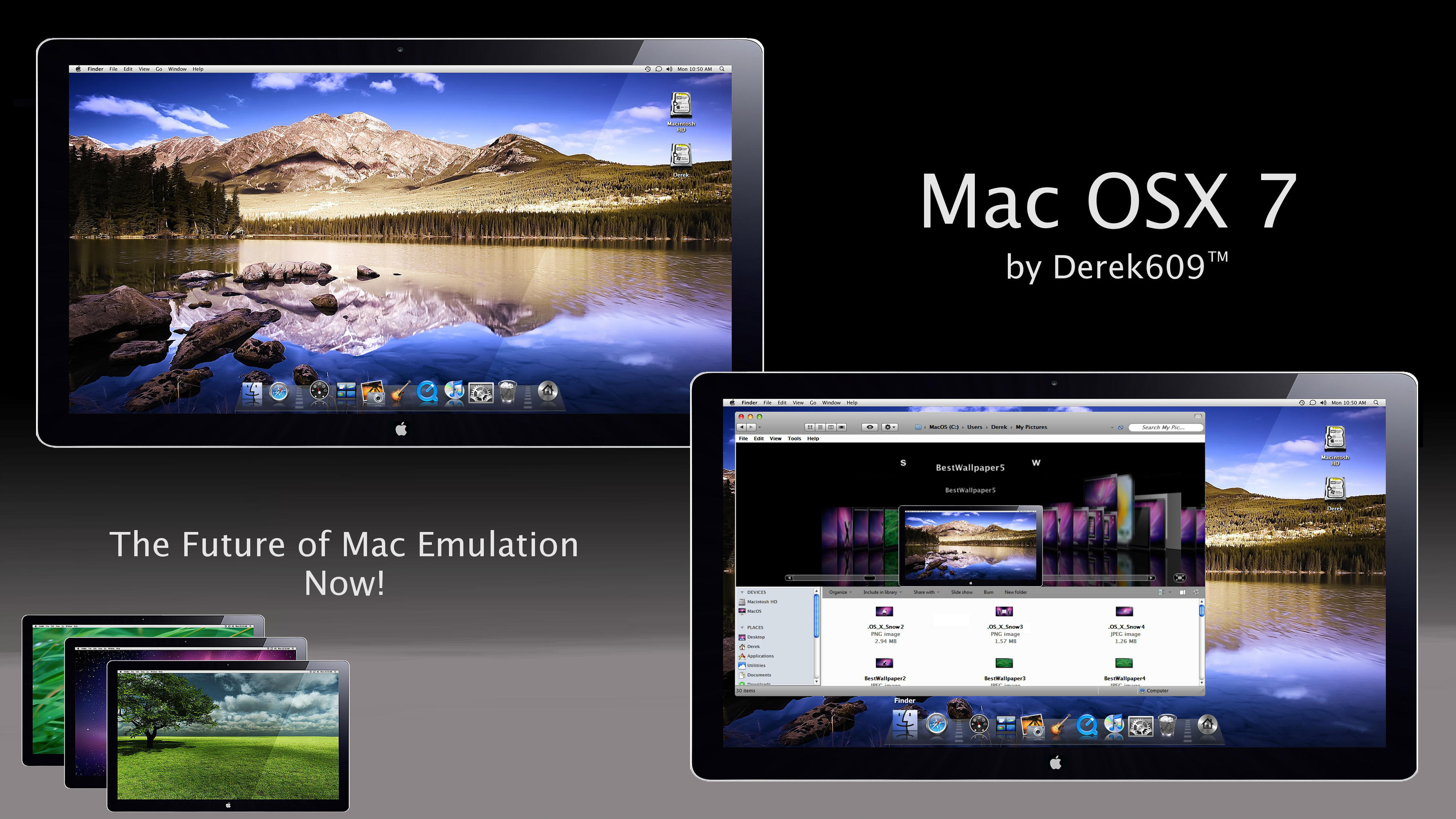
- #Scrivener 2.8.1.2 on snow leopard os x 10.6 how to
- #Scrivener 2.8.1.2 on snow leopard os x 10.6 mac os x
- #Scrivener 2.8.1.2 on snow leopard os x 10.6 pdf
Scrivener is designed to create the first draft. Text that you defined as footnotes can be turned into real footnotes in an RTF file.
#Scrivener 2.8.1.2 on snow leopard os x 10.6 pdf
When you’re ready to export and share your manuscript, you can save it as a PDF document, an RTF file for use with word processors or an HTML webpage. It’s easy to switch from a broad view of your project to a focus on individual segments. Scrivenings view shows all selected text fragments as one continuous document, so you can preview your manuscript before exporting or printing it. Outline view displays folders in a collapsible outline and you can drag and drop documents between them. You also can assign each card a status, such as To Do, First Draft or Revised Draft. Then I can select Sort from the Documents menu to sort the cards by date. I’m writing the biography in mostly chronological order, so I’ve titled most cards beginning with the date in year-month-day format, like. You can move cards around the corkboard and stack related cards. Corkboard view displays each source document or text fragment as an index card with a title and a synopsis. It’s easy to move among three different views. User interfaceĬlick on a folder in the binder to display its contents in the “inspector” on the right side of the Scrivener window. You can view a source document from the Research folder in one pane while you write about it in another one. The Draft folder holds all the text fragments that will be strung together to create your essay or book when you’re ready to export or print it. I organized them into chapters covering different periods in the subject’s life and within each chapter, into folders for each key event. To write a biography of a relative, I started by copying all my source documents-hundreds of them, including vital and census records, newspaper articles, court records, book pages, oral interviews, e-mail messages and more-to subfolders in Scrivener’s Research folder. As Scrivener isn’t genealogy software, it can’t import a GEDCOM file. The Research folder holds all your sources, such as text, PDF and image files. The “binder” on the left side of the Scrivener window has two main folders: Research and Draft. An interactive tutorial under Scrivener’s Help menu took several hours to complete, but familiarized me with the program’s features. To get up and running fast, take the Quick Tour in the user manual and watch the 10-minute introductory video.

The Windows version, which I tested, lags slightly behind the Mac version in features. While it’s not specifically for genealogists, it’s a useful tool for writing your family stories. Scrivener makes writing a long family history or other project easier by breaking it into smaller parts.
#Scrivener 2.8.1.2 on snow leopard os x 10.6 mac os x
System requirements: Windows XP or newer, Mac OS X 10.6 (Snow Leopard) or newerīiggest draws: Easily organize and rearrange a lot of source documents, view them while you write, switch between broad and detailed views of your projectĭrawbacks: Requires time to learn can’t import data directly from genealogy software Ease of use Family Tree Templates and Relationship Charts.Best UK, Irish and Commonwealth Genealogy Websites.Best African American Genealogy Websites.Surnames: Family Search Tips and Surname Origins.

#Scrivener 2.8.1.2 on snow leopard os x 10.6 how to


 0 kommentar(er)
0 kommentar(er)
